Deadheading is a simple yet effective gardening technique that involves removing spent flowers from plants to encourage continuous blooming. By snipping off faded blooms, you not only promote the production of new flowers but also maintain the overall health and appearance of your garden. Here are some tips to master the art of deadheading for vibrant and long-lasting blooms:
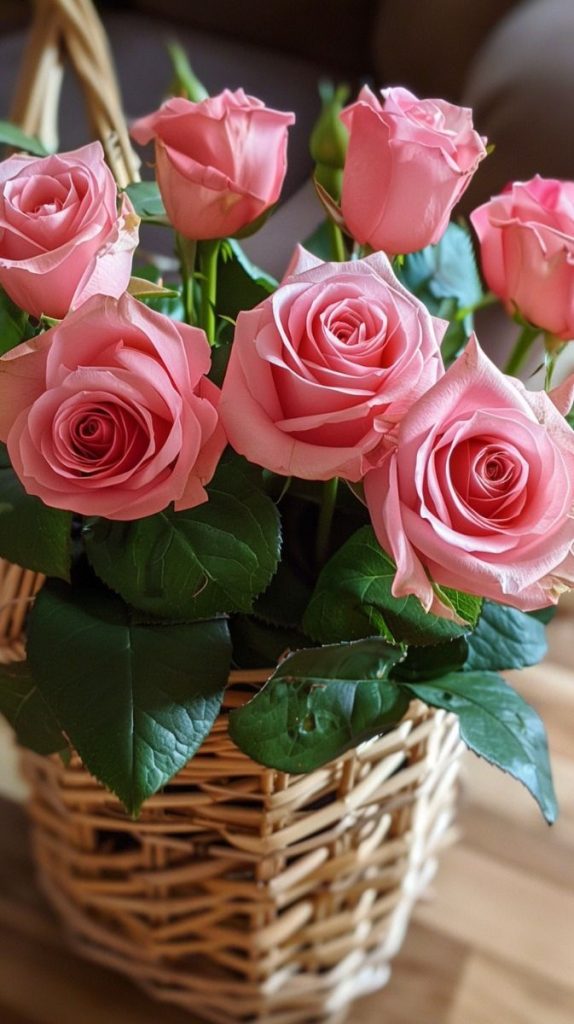
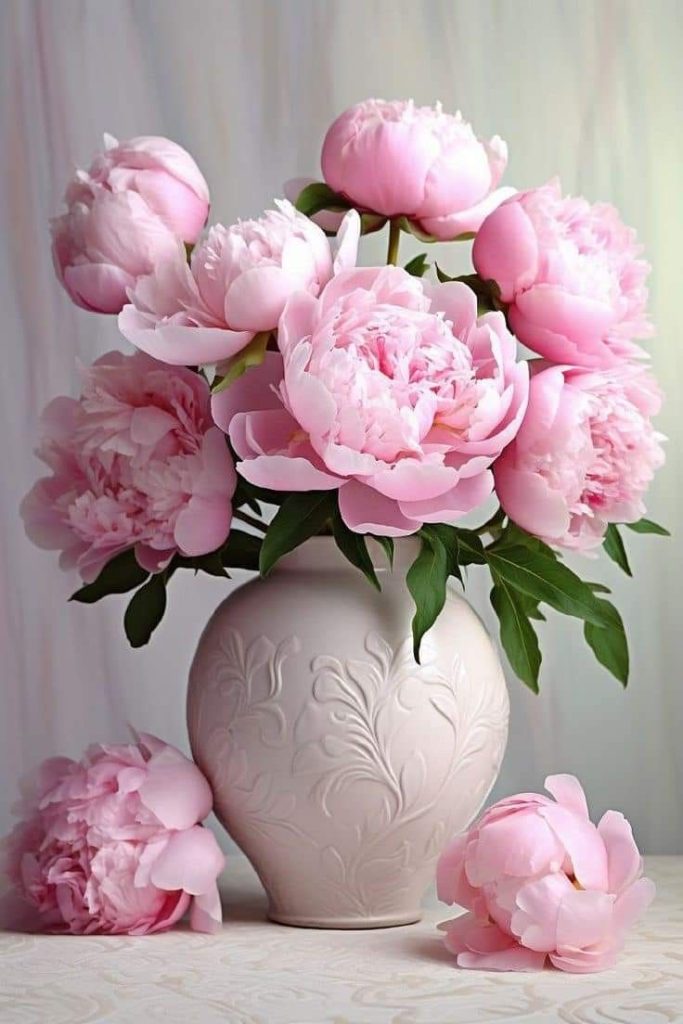
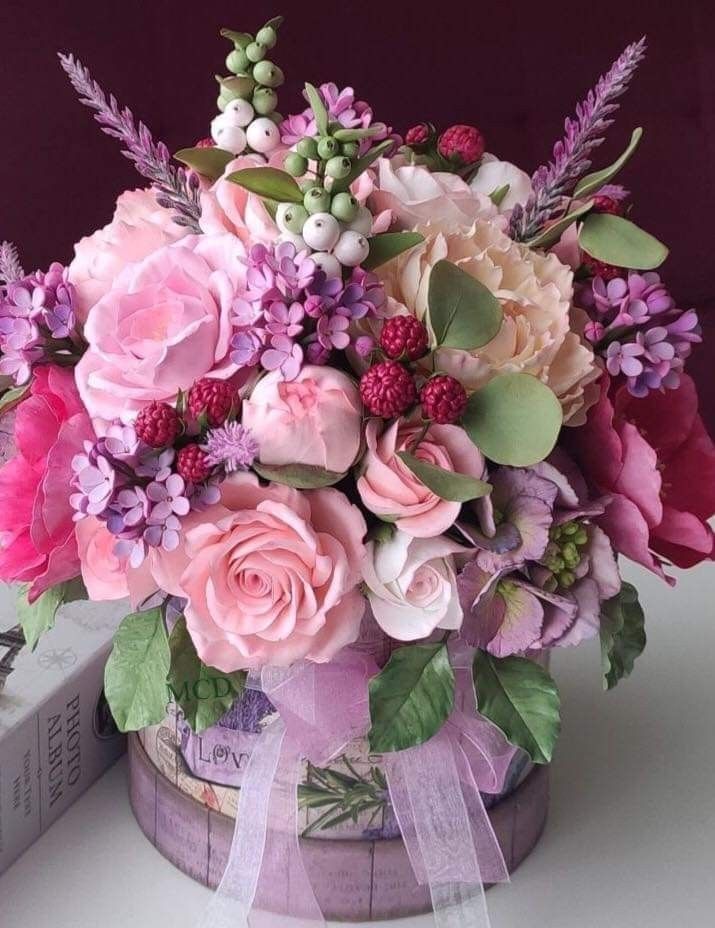
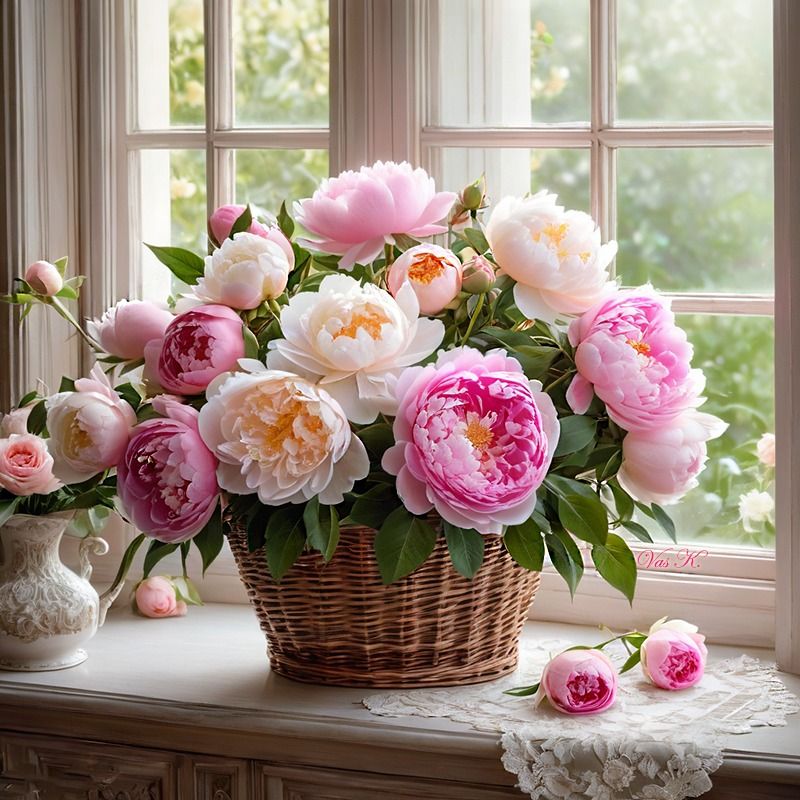
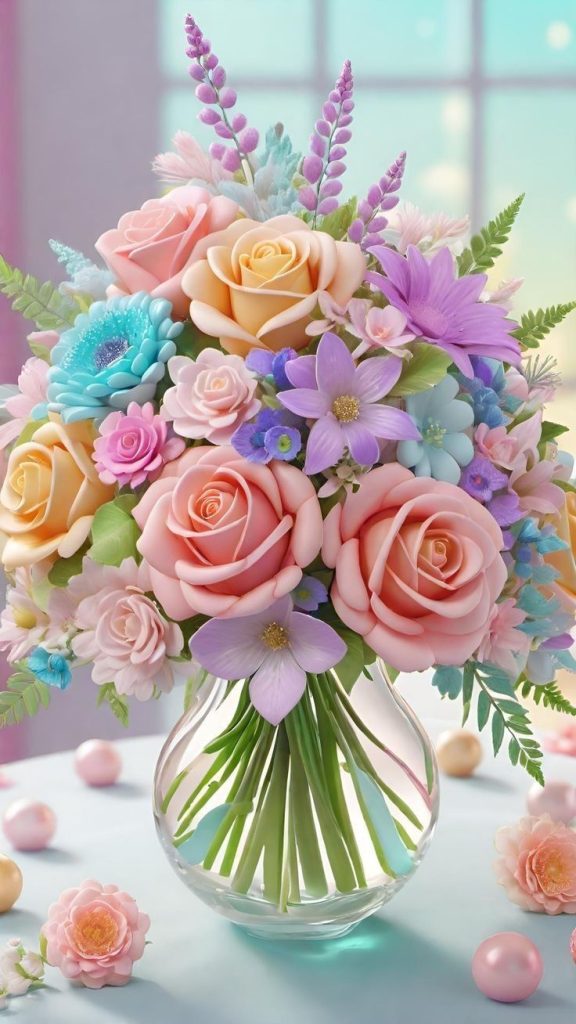
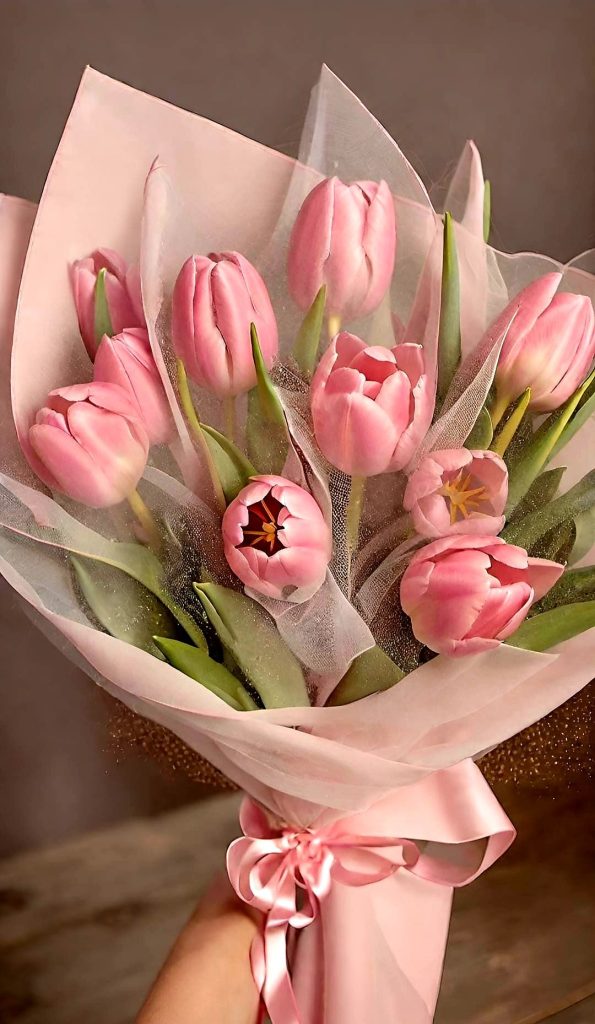
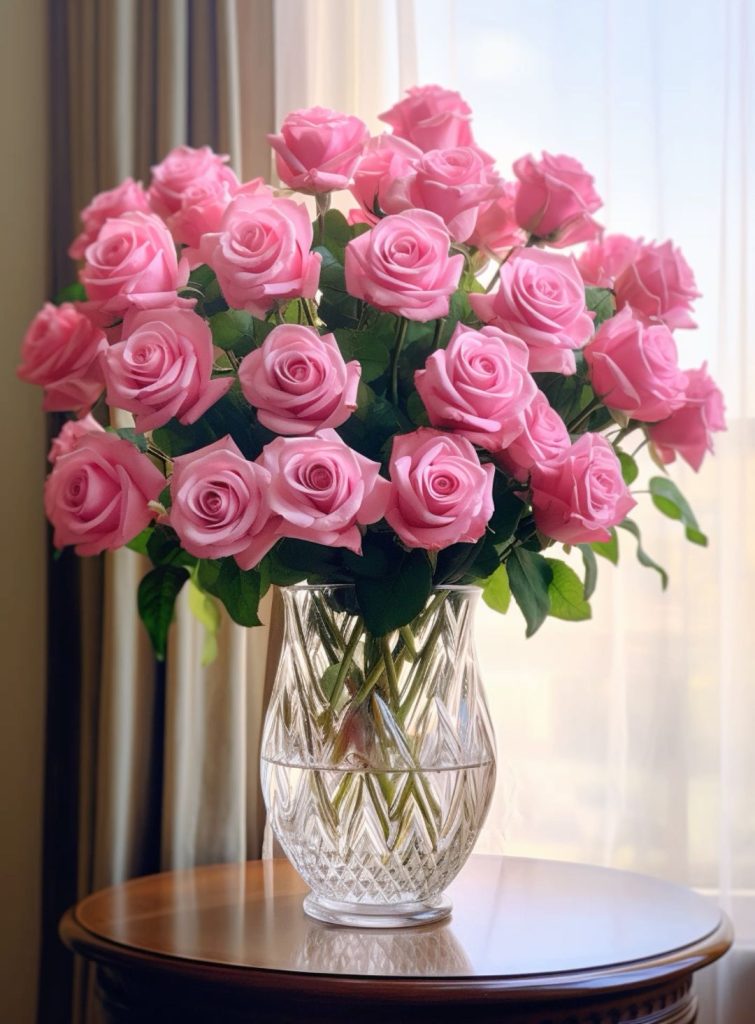
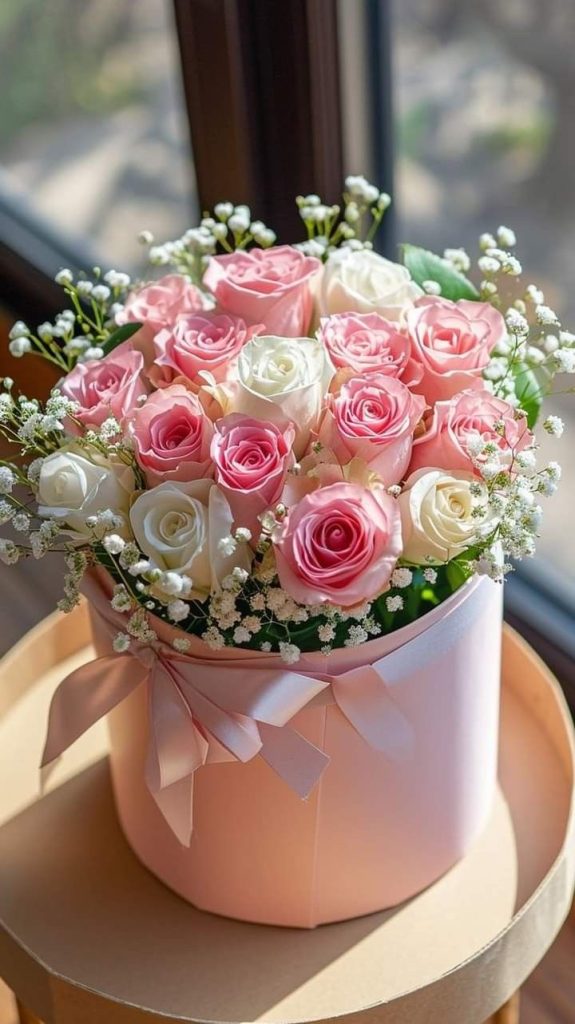
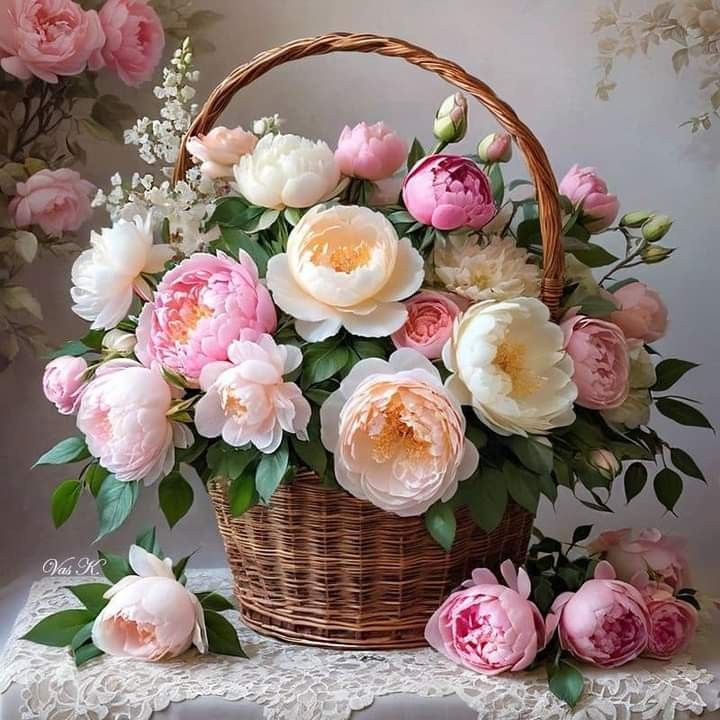

1. Timing is Key:
- Regular Deadheading: Make deadheading a regular part of your gardening routine throughout the growing season. Check your plants regularly for spent blooms and remove them promptly to stimulate new flower production.
- Early Intervention: Deadhead flowers as soon as they begin to fade. This prevents the plant from expending energy on seed production and encourages it to redirect its resources into producing more flowers.
2. Proper Technique:
- Use Clean Tools: Use sharp and clean pruning shears or scissors to deadhead your plants. Dirty or dull tools can damage the plant and introduce disease.
- Cutting Method: When deadheading, make clean cuts just above a set of healthy leaves or lateral bud. Avoid leaving behind stubs or damaging the surrounding foliage.
3. Know Your Plants:
- Different Strokes: Different plants may require slightly different deadheading techniques. Some plants produce individual flowers that need to be snipped off individually, while others have clusters of blooms that can be removed in one go.
- Variety Matters: Familiarize yourself with the deadheading requirements of each plant species in your garden. Some plants may benefit from deadheading, while others may not require it or may even rebloom without intervention.
4. Consider Aesthetic Pruning:
- Shape and Form: Deadheading can also be used to shape the appearance of your plants and promote a tidy and attractive garden. Removing spent blooms helps maintain a neat and well-groomed appearance.
- Selective Deadheading: If you want to encourage growth in specific areas or promote certain branches, selectively deadhead flowers accordingly. This allows you to control the plant’s growth and shape.
5. Feed and Water:
- Post-Deadheading Care: After deadheading, provide your plants with proper care to support healthy growth and blooming. Water the plants thoroughly and apply a balanced fertilizer to replenish nutrients.
- Mulching: Apply a layer of mulch around the base of the plants to conserve moisture, suppress weeds, and protect the roots. Mulching also helps maintain a consistent soil temperature, which is beneficial for plant growth.
6. Enjoy the Benefits:
- Extended Blooms: By deadheading your plants regularly, you can enjoy continuous blooms throughout the growing season. This not only enhances the beauty of your garden but also attracts pollinators and beneficial insects.
- Healthier Plants: Deadheading promotes overall plant health by redirecting energy into new growth rather than seed production. It helps prevent the plant from becoming leggy or unkempt and encourages robust flowering.
Conclusion:
Mastering the art of deadheading is a simple yet effective way to promote continuous blooms and maintain a healthy and vibrant garden. By understanding the timing, technique, and benefits of deadheading, you can ensure that your plants thrive and flourish, providing you with a bountiful display of flowers all season long.